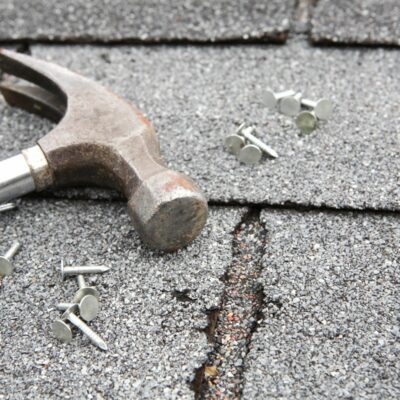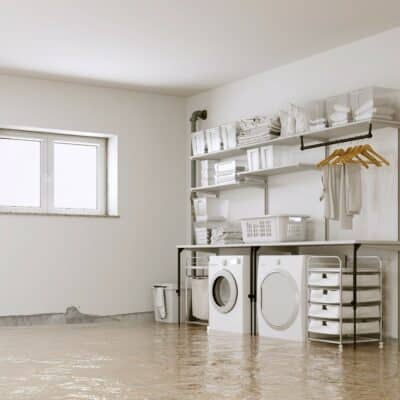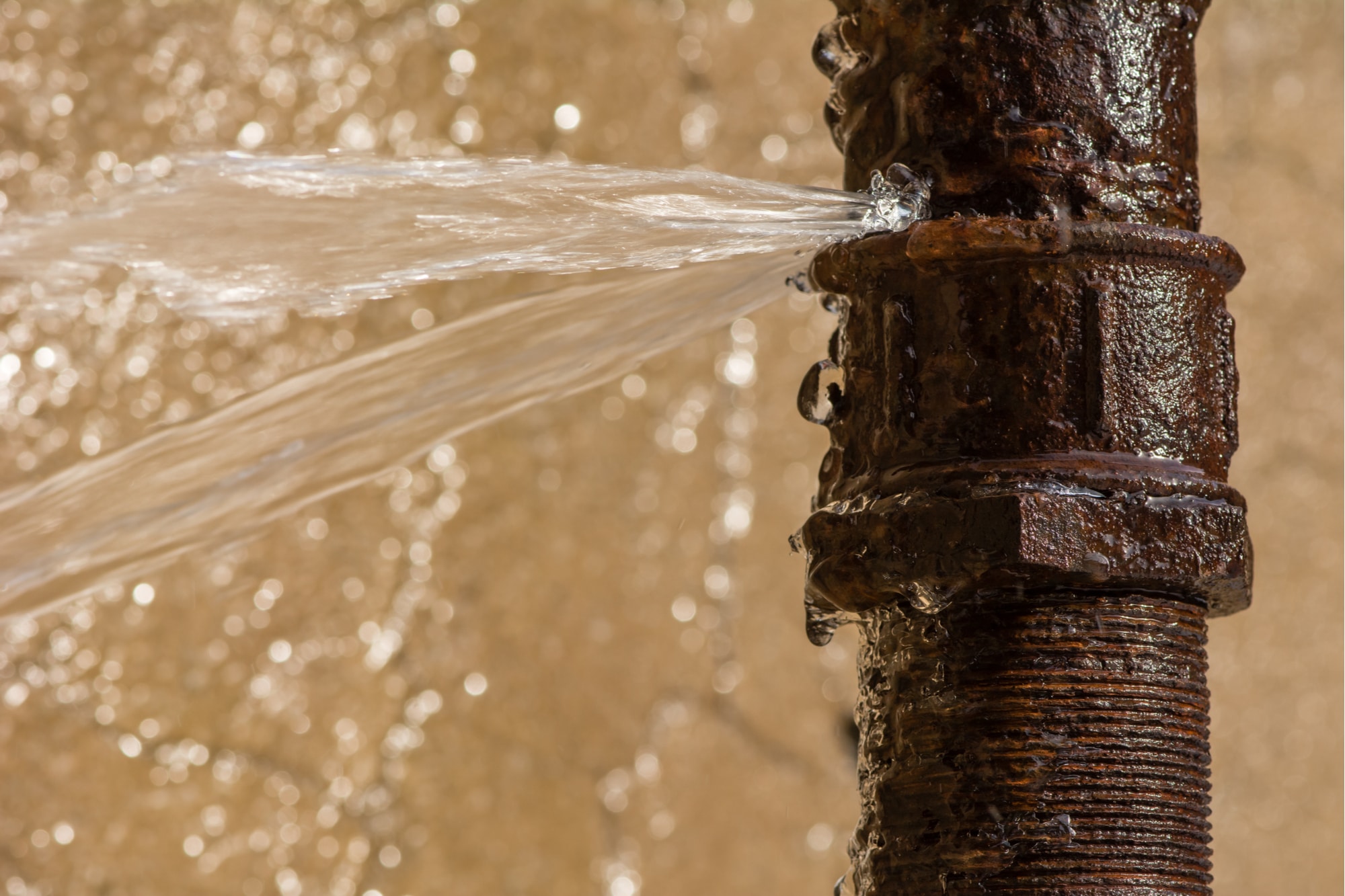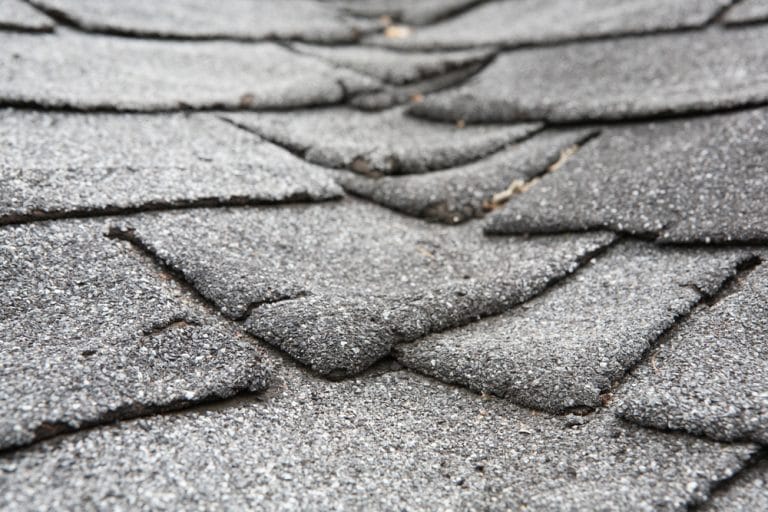Pinpoint Signs of Water Intrusion Like a Pro
By Joe Mazza
Last Updated January 23, 2025
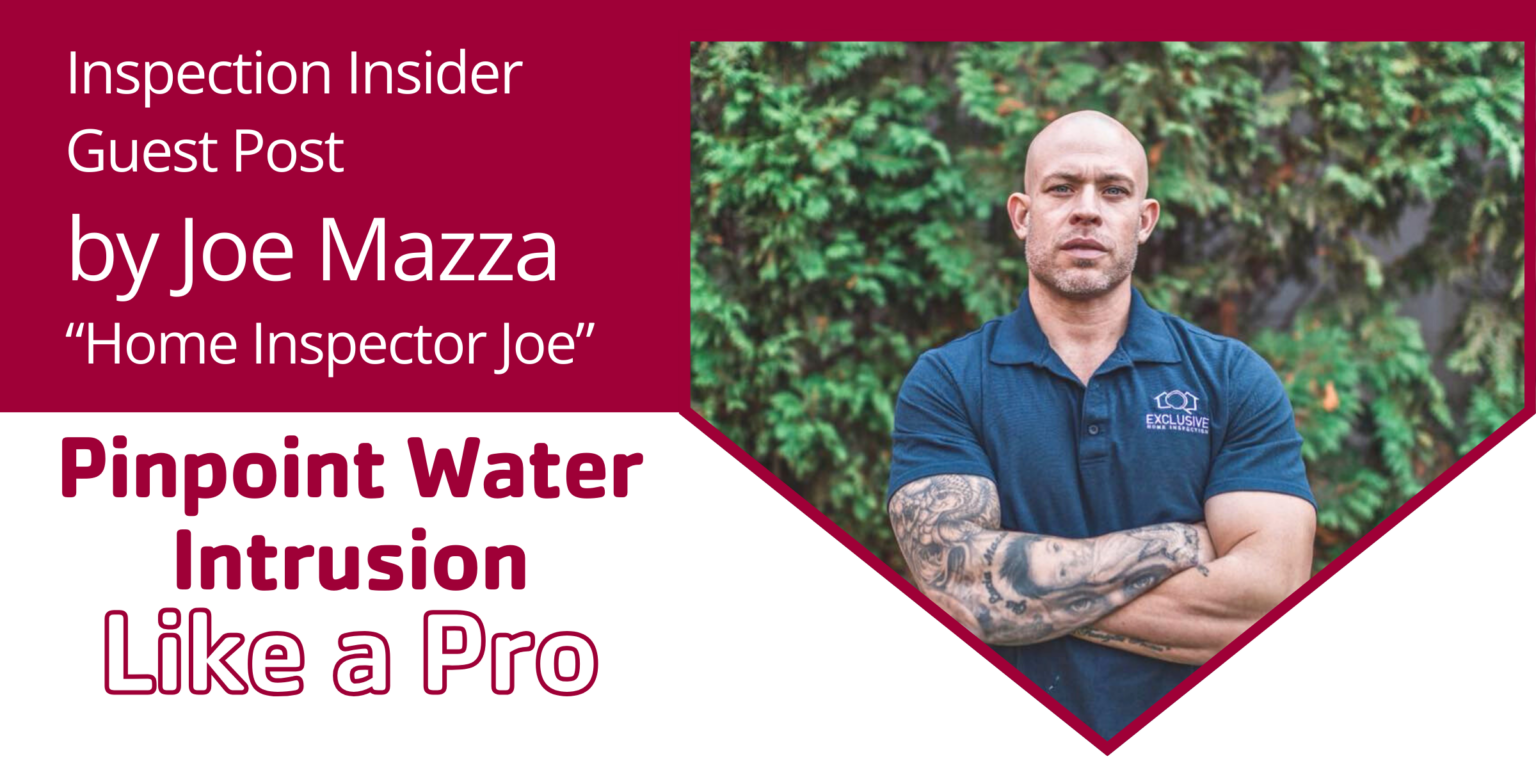
Joe Mazza
With 20 years of construction work and safety inspections for high-rises and 10 years of owning and running Exclusive Home Inspections, Mazza brings a wealth of knowledge. In addition to running his company Exclusive Home Inspections full-time, Mazza co-hosts two HGTV series: "What's Wrong With That House?," which debuted its first season in 2023, and "Home Inspector Joe," which aired in 2022.
In 2025, we’re thrilled to introduce a new column on our blog: Inspection Insider. Here, seasoned home inspectors share their technical expertise and experience to help you improve your own inspections.
In this post, Joe Mazza gives us a masterclass in water intrusion detection, which relates to the most common claim against home inspectors. With 20 years of construction work and safety inspections for high-rises and 10 years of owning and running Exclusive Home Inspections, Mazza brings a wealth of knowledge. In addition to running his company Exclusive Home Inspections full-time, Mazza co-hosts two HGTV series: “What’s Wrong With That House?,” which debuted its first season in 2023, and “Home Inspector Joe,” which aired in 2022. Follow Joe Mazza on Instagram for quick home inspection finds and tips.
Now, here’s Mazza with his actionable strategies and tips for identifying signs of water intrusion.
“Hey Joe, is my home at risk of experiencing water intrusion?”
No matter the client or the home, my answer is always yes! Yes, every home will experience or exhibit signs of water intrusion during its lifespan. Gutters clogged with leaves and twigs, heavy rains and snow melt-off, improperly insulated entries: All these deficiencies and hazards can cause intrusion and water damage to a house. Appliances like water heaters and washing machines can turn against homeowners by causing water damage, too.
So as a home inspector, what are you supposed to do? How can you protect your clients from the inevitable?
It’s not our job to predict the future. But on inspection day, we can identify existing risks and signs of water intrusion. By thoroughly inspecting homes for opportunities for water coming in, we give our clients the chance to keep it out.
Let’s walk through how I look for water intrusion warning signs during my inspections.
Signs of Water Intrusion: From the Outside
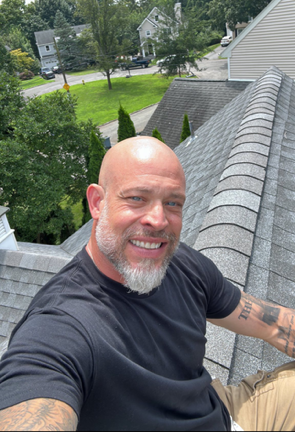
As a home inspector, you know that one of the main places water can enter a home and cause damage is through the roof. Discussing how to examine a roof for signs of water intrusion is a whole article in and of itself. (You can find some roof inspections basics from InspectorPro here.) So instead, let’s talk about three other water intrusion detection areas you don’t want to miss: pitch, landscaping, and windows and doors.
Pitch and Water Intrusion Detection
When approaching the home, the very first thing I do is identify the pitch of the land at a 360-degree turn. As I’m driving around the neighborhood, I’m trying to get a sense of how the land around the home is sloping. I’m not just looking at the property itself. By examining the street behind and to the sides of the inspection property, I can paint a better picture of the pitch.
Ideally, the ground is graded away from the house. But if the land is pitched to the home’s foundation, I want to make sure there is proper exterior drainage to collect and discharge water away from the home.
If the driveway is pitched to the garage, there must be a full curtain drain running across the front of the garage. As a homeowner who has these curtain drains, I know they aren’t foolproof. The drains have to be free of debris because, when they’re clogged, they don’t discharge water, increasing the chances of water damage to a house. Drains at the bottom of steps on the exterior to a lower-level entrance are just as important.
Water Intrusion in the Home From Landscaping
When it comes to a water intrusion inspection, I pay special attention to the landscaping signs of water intrusion.
As I start the inspection around the perimeter of the home, these are the main things I look for:
- Downspout extensions: If those downspouts are discharging water at the foundation wall, I can almost guarantee the home’s inside lower level will have water penetration and possibly mold growth. This is a common homeowner mistake. What I want to see instead is a downspout extension discharging water at least six feet away from the foundation wall.
- Clean gutters: Gutters at the eaves must be cleaned of debris. Depending on how many trees are around the home, I tell people to have their gutters cleaned at least two times a year.
- Properly pitched gutters: Pitch of the gutters is critical because standing water in the colder months will freeze. Ice damming in my region of New York is a serious issue which can easily cause thousands of dollars in water damage to a house.
- Sprinklers: Ground irrigation, like the sprinklers, must never spray against the house. Over time, water hitting the siding or the foundation damages the exterior and interior. If it’s winter, I also recommend turning off exterior hose bibs so they don’t freeze in colder months.
- Moss: Trees that grow over the roofing system will eventually result in moss build up. Moss traps moisture and then grows and pushes its way under the shingles. This moss growth, coupled with poor attic ventilation, can lead to water damage in the walls and mold.
Windows and Doors
As openings to the home, windows and doors can easily cause water intrusion in a home. Homes need caulk around windows and doors to divert water away from the livable space. If window frames have weep holes, make sure they’re free of debris to allow proper drainage.
Signs of Water Intrusion: From the Inside
There are plenty of observable places where water can enter. I’ll be focusing my comments on basements and attics.
As the bottom and top levels of houses, these areas have the most room for signs of water intrusion. They also tend to house many of the appliances and systems that cause intrusion and water damage to a house.
Here are four things I look for during my water intrusion inspections:
- Perimeter drainage and sump pumps.
- No galvanized waste lines.
- Corrosion-free hot water tanks.
- Spill pans and curb edges.
Let’s explore all four signs of water intrusion more in depth.
Perimeter Drainage and Sump Pumps
Especially here in the Lower New York region, I want to see interior perimeter drainage with a sump pump or pumps in basements. All sump pumps inside and outside need a backup battery or full house generator.

The last thing clients need is to spend a lot of money on their basement and drainage, only to lose power while on vacation during a heavy rainfall. Taking it a step further, I advise clients to have leak detectors around the basement perimeter to alert them via text if there’s a leak. This is helpful for clients asking how to tell if a basement has water problems.
No Galvanized Waste Lines
See any old galvanized waste lines in the basement or elsewhere? I always recommend my clients have them removed and replaced with PVC. While these aren’t necessarily signs of water intrusion, inspecting them can prevent future water damage to a house.
Galvanized steel drain pipes clog and corrode from the inside out. Even if the drain isn’t visibly corroded during the inspection, they will corrode and leak eventually. If the drains start clogging, it’s a good sign that the drain is starting to close up and corrode.
Corrosion-free Hot Water Tanks
Hot water storage tanks have an average lifespan of 9-12 years MAX. Once they hit that 10-year mark, they should replace it to avoid tank failure and major water issues.
While inspecting the tank, I always look for corrosion on the water pipes and the pressure relief valve. I also recommend my clients ask the seller if they have the tank serviced yearly to flush any sediment at the bottom of the tank.
Spill Pans and Sensors
If there aren’t any already, I advise clients to add spill pans under washing machines and air handlers to collect leaking water.
Adding leak detectors and float switches can alert clients of leaks and even shut systems off if the pans start to fill with water. Such alarms can help clients detect water intrusion in a home and avoid major water damage to a house.
Don’t leave your clients in deep water.
With the help of your moisture intrusion inspections, clients can locate signs of water intrusion and avoid major damages.
Call out common causes of water intrusion and give them actionable information to protect their homes from unnecessary intrusion and damage. By identifying ways clients can make their homes less susceptible, you protect your clients’ investments and provide a great inspection service.

